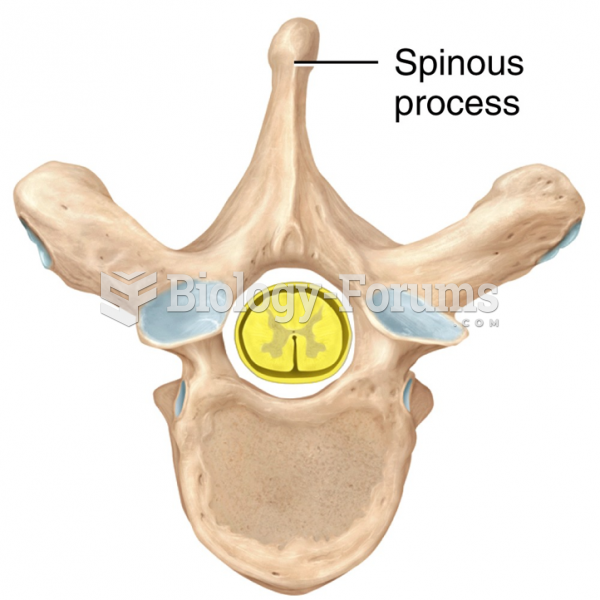|
|
|
Earwax has antimicrobial properties that reduce the viability of bacteria and fungus in the human ear.
Aspirin is the most widely used drug in the world. It has even been recognized as such by the Guinness Book of World Records.
More than 30% of American adults, and about 12% of children utilize health care approaches that were developed outside of conventional medicine.
Despite claims by manufacturers, the supplement known as Ginkgo biloba was shown in a study of more than 3,000 participants to be ineffective in reducing development of dementia and Alzheimer’s disease in older people.
Patients who have been on total parenteral nutrition for more than a few days may need to have foods gradually reintroduced to give the digestive tract time to start working again.







